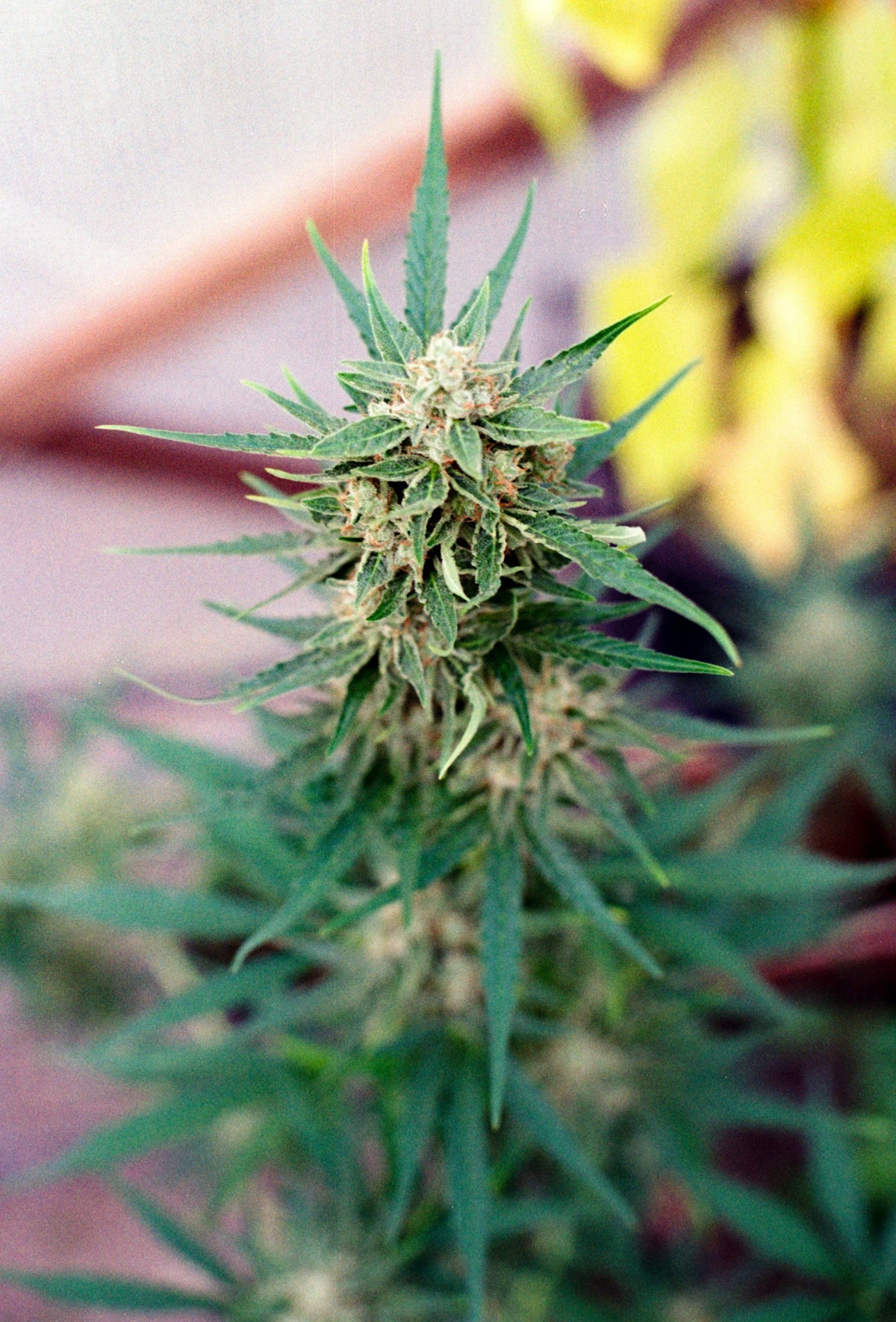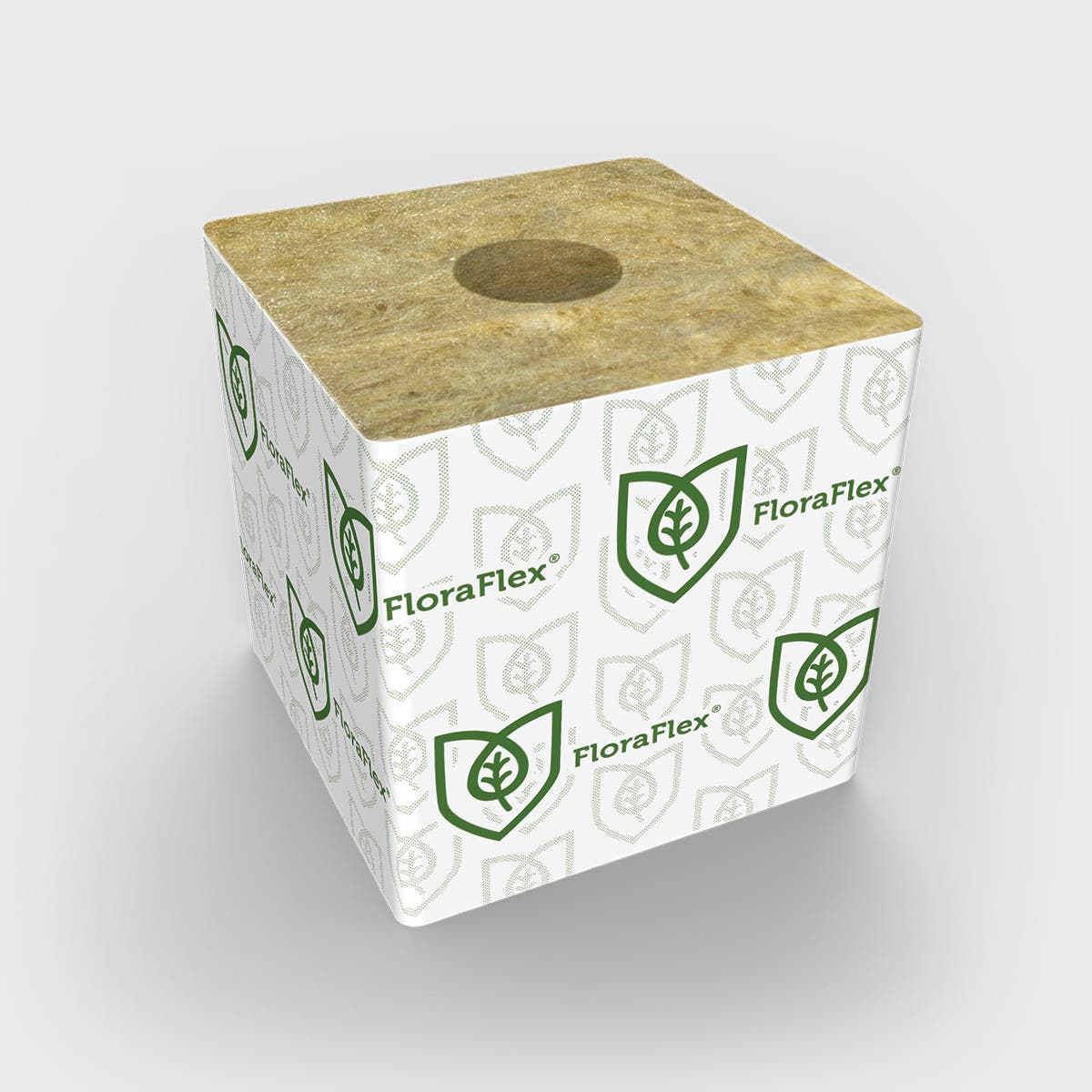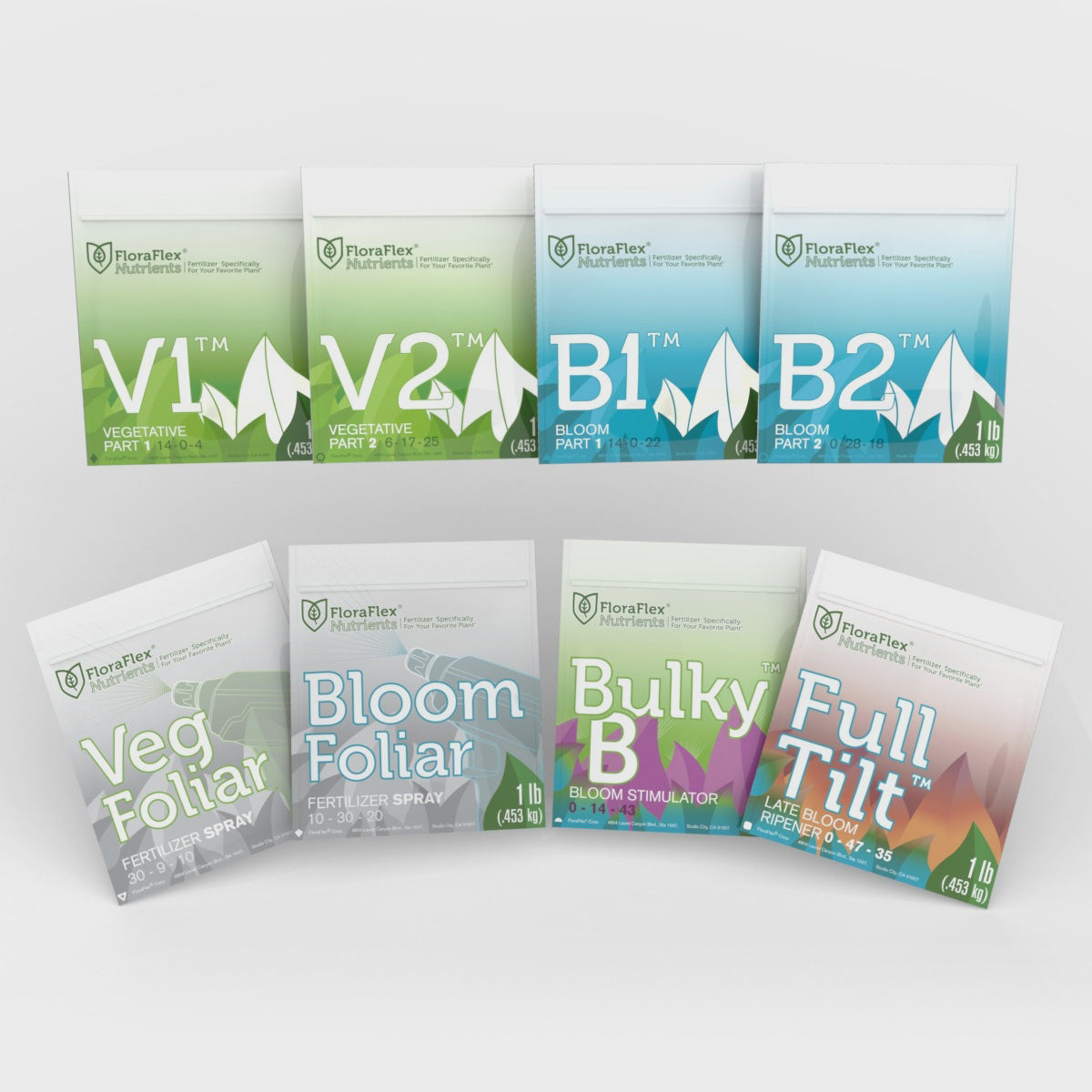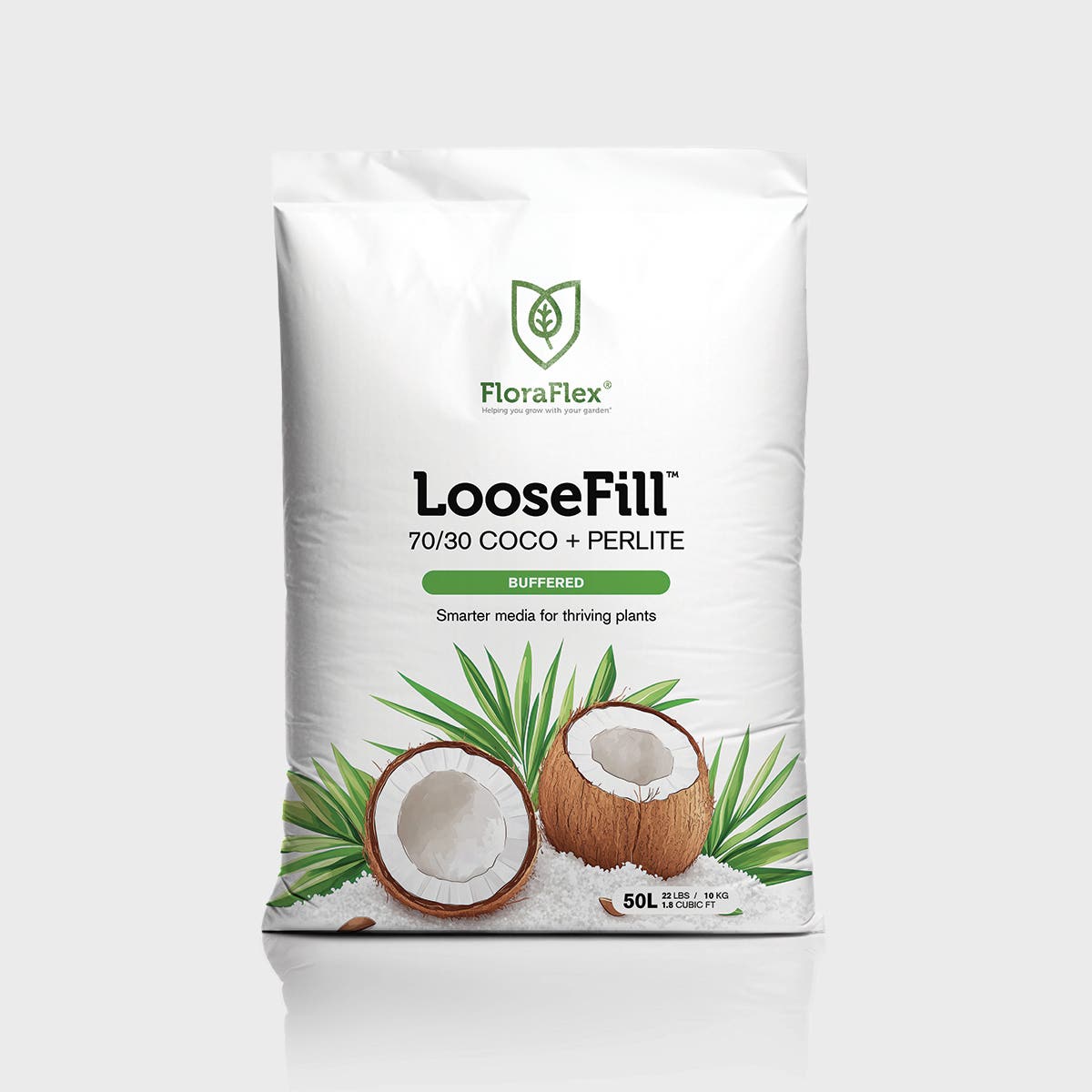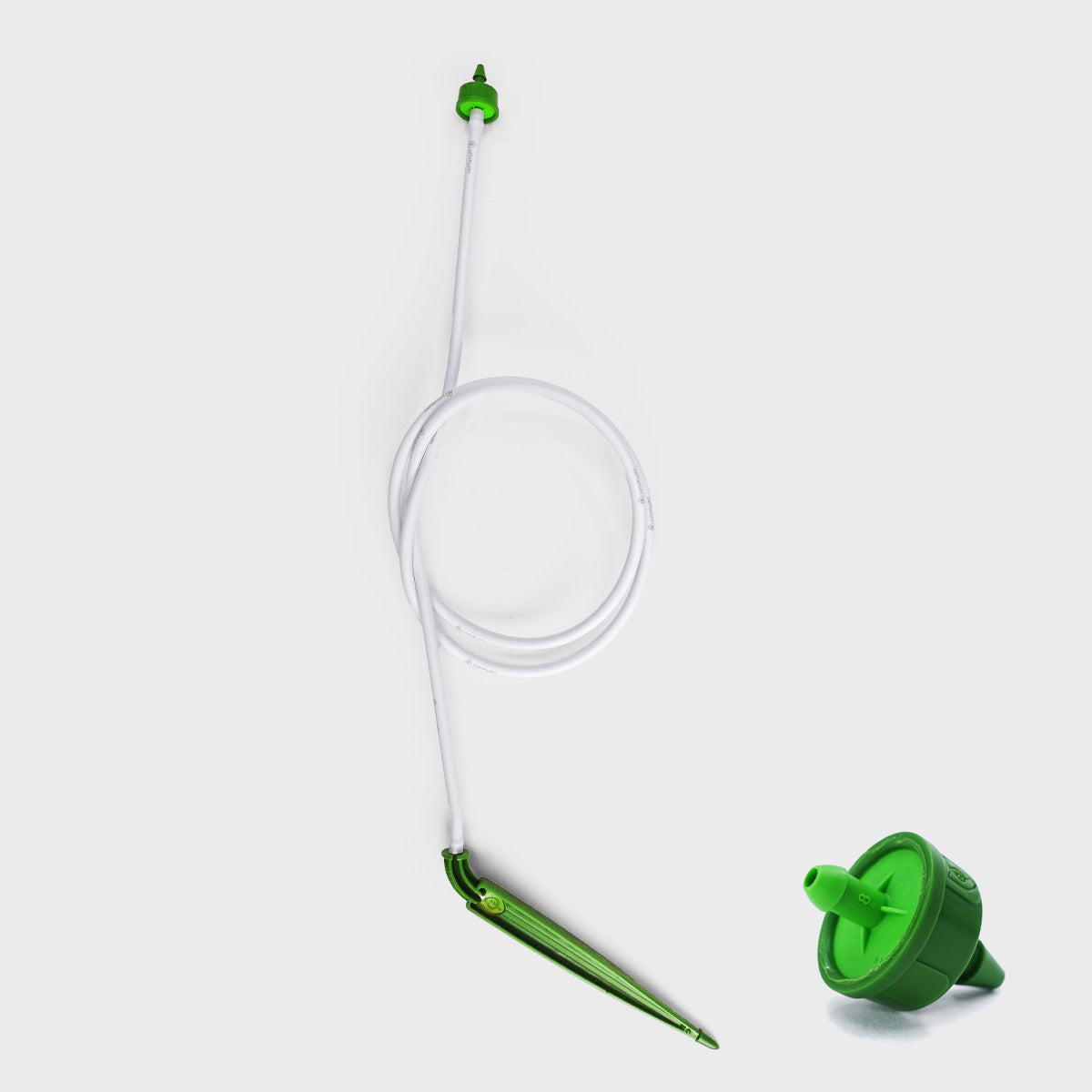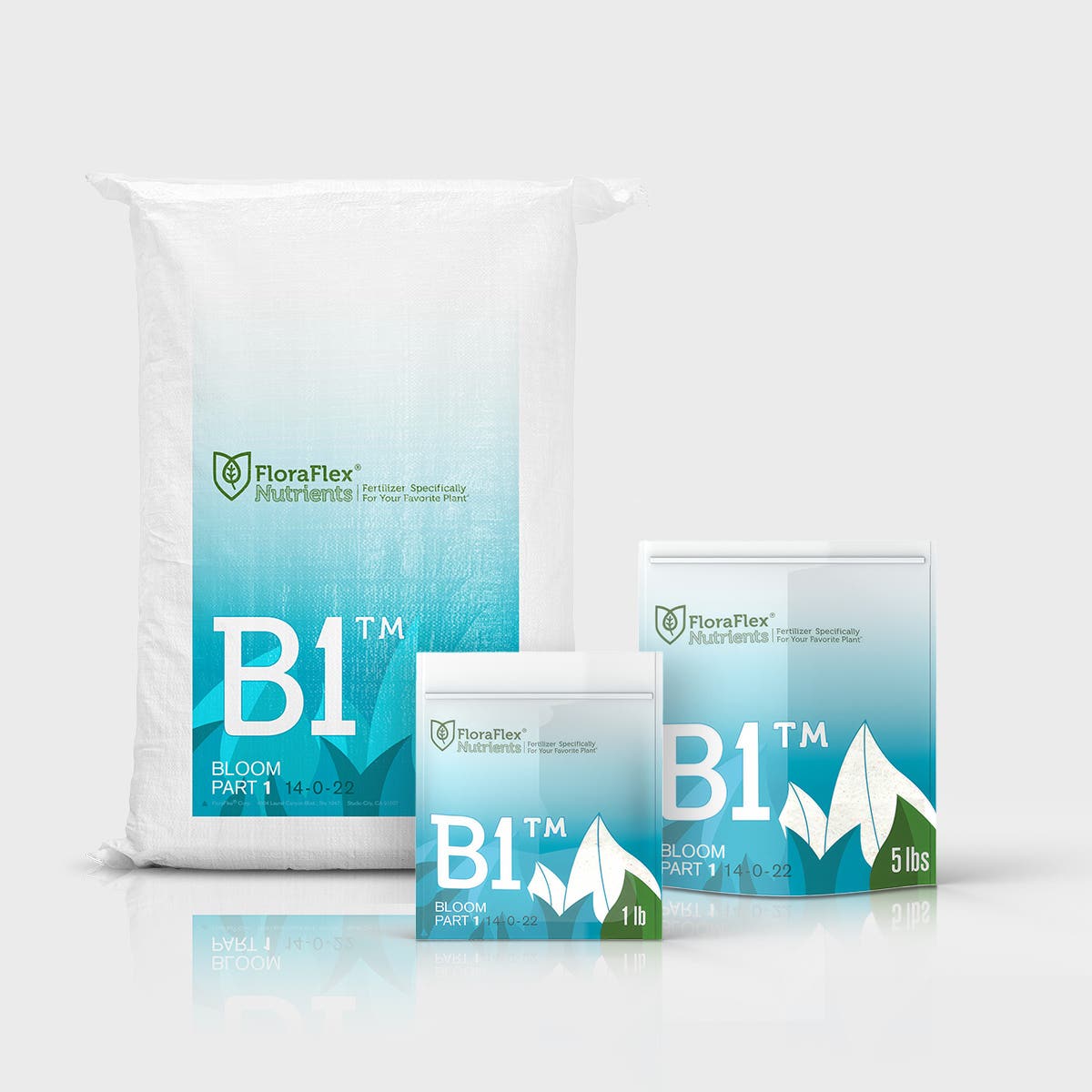Cannabis cultivation is experiencing a remarkable transformation, thanks to innovations in disease management. As cannabis plants grow, they face a variety of challenges that can compromise health and yield—disease being one of the most significant obstacles. Here, we explore some cutting-edge solutions and practices that are paving the way for healthier and more resilient cannabis crops.
Understanding Common Cannabis Diseases
Cannabis plants are susceptible to a range of pathogens, including fungi, bacteria, and viruses. These diseases can manifest as mold, root rot, and various forms of wilt, leading to reduced growth and diminished quality.
Fungal Infections
Fungi, such as powdery mildew and botrytis (gray mold), are common foes in cannabis cultivation. These pathogens thrive in humid environments, making them prevalent in both indoor and outdoor grows. The symptoms are quite visible, leading to the rapid deterioration of the plant if not managed promptly.
Bacterial Infections
Bacterial infections, such as those caused by Pseudomonas and Xanthomonas, can spread quickly through a crop. These bacteria often enter plants through wounds or natural openings, leading to maladies like leaf spot and blight.
Viral Infections
Viruses such as the Cannabis Cryptic Virus and Lettuce Chlorosis Virus can be harder to diagnose, as they often cause subtle symptoms that might be mistaken for nutrient deficiencies.
Innovative Tools and Strategies
The key to combating these diseases lies in adopting innovative methods and tools that ensure prevention and early detection.
Creating an Optimal Growing Environment
Controlling environmental conditions is crucial in disease management. Using rockwool products, such as the 6" FloraFlex Wool derived from basalt, available here, growers can optimize moisture retention and drainage while minimizing the excess humidity that often leads to fungal infections. This sustainable growing medium also promotes robust root development, providing plants with greater resilience against pathogens.
Implementing Biological Controls
Biological control involves using living organisms, such as beneficial insects or microbes, to suppress harmful pests and diseases. This eco-friendly approach reduces the reliance on chemical fungicides and pesticides. For instance, introducing predatory insects that target specific pathogens can naturally curb the spread of disease.
Monitoring and Diagnostic Technologies
Digital tools for monitoring plant health are increasingly being adopted. Sensors and cameras equipped with artificial intelligence can detect early signs of disease, such as changes in color or growth patterns, allowing for swift intervention. Implementing a robust monitoring system aids in maintaining a continual assessment of crop health which is essential for early disease detection.
Integrated Pest Management (IPM)
IPM is a holistic approach that combines cultural, biological, and chemical practices to manage plants' health sustainably. By regularly sanitizing equipment, rotating crops, and using resistant strains, growers can create an environment less conducive to disease.
Advances in Genetic Solutions
Breeding cannabis strains with enhanced resistance to specific diseases is a promising field. Advancements in genetic technologies, such as CRISPR, allow for more precise alterations of plant DNA, potentially leading to new strains that exhibit improved disease resistance without compromising cannabinoid profiles or plant vigor.
Conclusion
Managing disease in cannabis cultivation calls for a combination of innovative practices and tools. By fostering an optimal growing environment, employing biological and technological solutions, and continuously enhancing genetic resistance, growers can significantly reduce the impact of disease. With these strategies, cannabis cultivation is not only becoming more efficient but also more environmentally friendly.
For more information and to explore high-quality cannabis cultivation products, visit FloraFlex.
Note: This post is intended for informational purposes, and those involved in cannabis cultivation should always refer to local regulations regarding legal compliance and agricultural practices.

